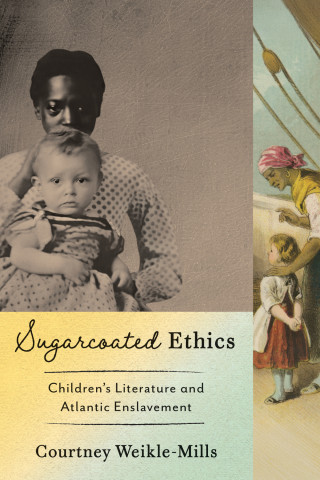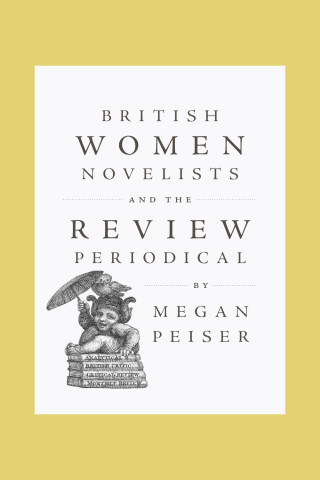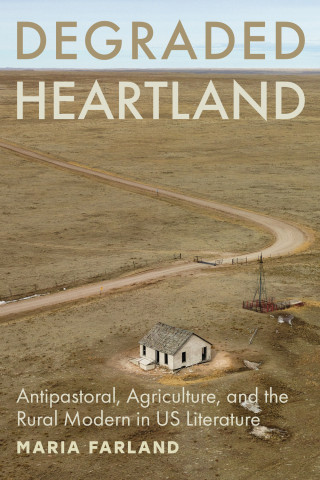
Reviews
Bluestone believes that the film is independent, free to add that new ending or to leave several characters on the cutting room floor. In judging the quality of any filmed novel his question is, Has the movie maker discovered visual effects that interpret rather than repeat the material of the novel? In other words, Has he created a new form?... Each film is analyzed by comparing novel and shooting script and then viewing the film with script in hand. Alterations are carefully studied in light of a broad knowledge of literature and motion picture history, and extensive research is in evidence on every page.
An excellent and stimulating study... A brilliant critical essay on the limits of the novel and the limits of the film... His most important accomplishment is to integrate the critical approach to these varying forms: one respectable, dignified, accepted; the other young, often brash, fighting for recognition. This is an approach which is extremely useful for it does not involve the traditional advocacy for one form over another. Dr. Bluestone has respect for both.





